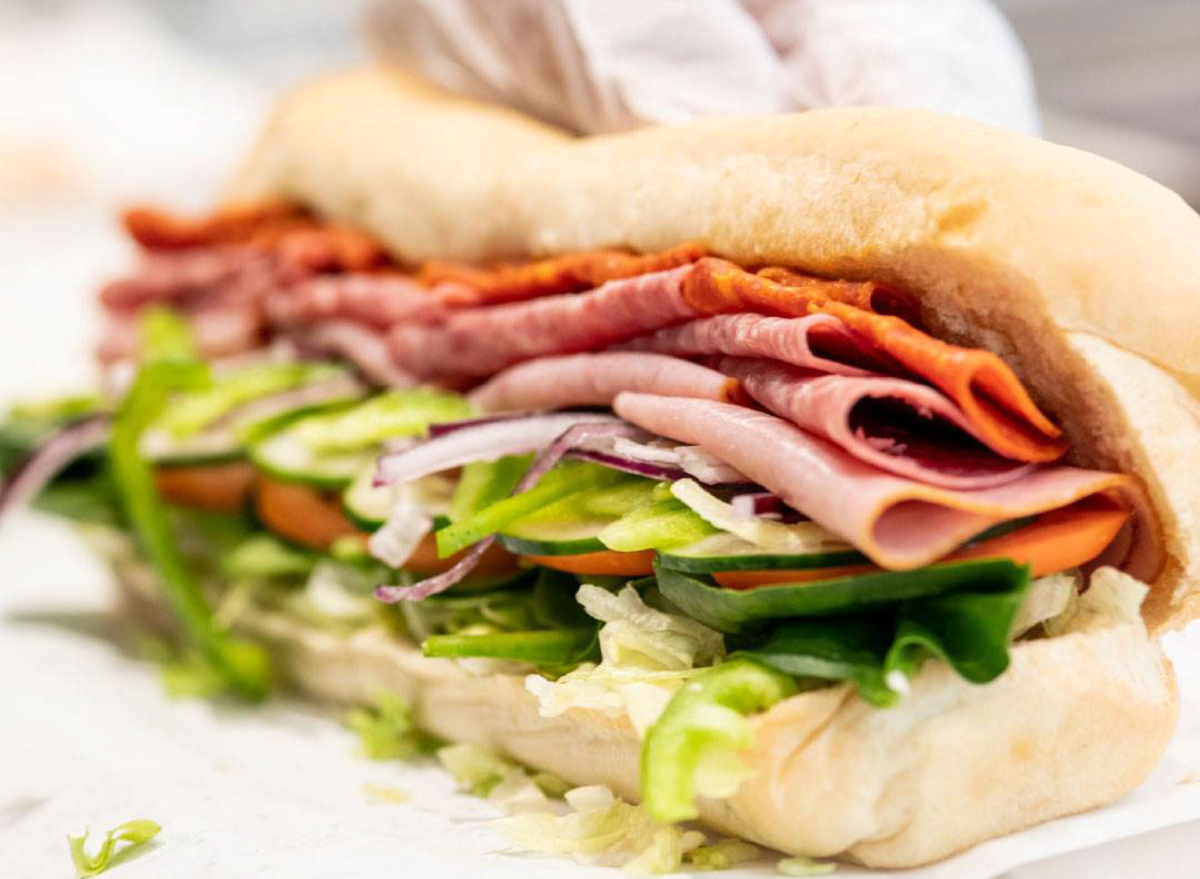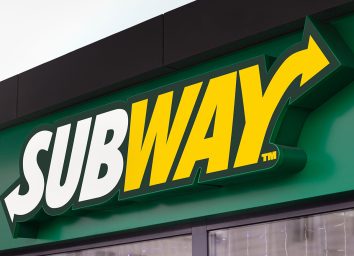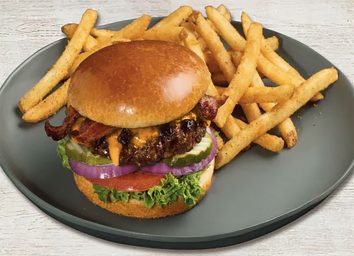5 Fast-Food Sandwich Chains Customers Are Abandoning
With a market saturated with sandwich chains vying for customers' attention, it may be hard to stay in the spotlight. From the ultra-fast delivery of Jimmy Johns to the steamed and sauced subs at Firehouse Subs, fast-food sandwich chains are not going anywhere, but some are struggling to keep up loyalty.
Not all subs are created equal, of course. Some of the biggest national sandwich chains have fallen out of favor with Americans in recent years, whether because of a drop in quality or some very bad publicity.
Here are the top perpetrators of sandwich sins that are falling out of favor with customers.
Which Wich
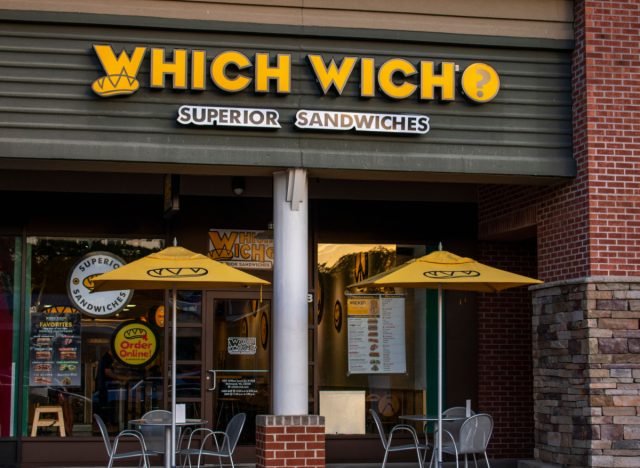
Many customers go to sandwich chains because they enjoy having the choice to customize their order accordingly and for some, with the expectation that their meal will fall on the lower-end of prices in fast food options. This was especially true for frequent-goers of Which Wich, as soon as the joint opened in 2003, but that's since changed in the year 2022.
Along with many other franchises, Which Wich closed a multitude of locations due to a lack of customer foot traffic and overall revenue for the company. Also, due to a lack of workers and labor resources, the sandwich shop had to close down its downtown Ann Arbor location this year, which happened to be the last of the original four locations in the Piedmont Triad region of North Carolina.
The days when customers would use a marker on a paper sandwich bag to request their order may be short-lived if the chain can't bring people back to stores. When your franchise isn't making enough money and doesn't have the staff to accommodate customers, it can become noticeable.
One unhappy customer wrote on Yelp that "Just not good anymore. I've been going to which wich for 10+ years. They used to have fresh bread, fresh cookies and really tasty ingredients. Now everything tastes old and premade." On a similar note, another said, "It is WAY less customer friendly. We ate [but] probably not going to return."
Quiznos
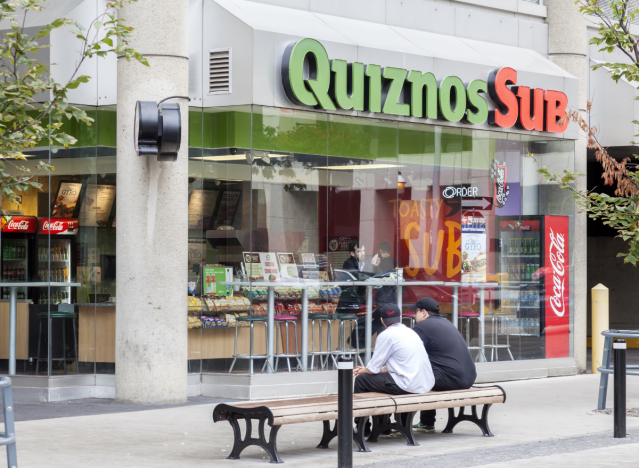
Known to be one of the first sandwich chains to offer toasted subs, Quiznos reached $1.9 billion in systemwide sales in 2007 at the height of its popularity.
Between 2007 and 2017, Quiznos shrunk from 4,700 locations in the U.S. to fewer than 400. According to Restaurant Business, it's tough to find any other examples of a chain that had grown that extensively and then shrunk in such a short period of time. As of March 31, 2022, Quiznos is at 176 stores nationwide.
Since Quiznos's sudden transformation from ubiquity to scarcity, many are left wondering what could have happened. One big issue the company contended with was a bad business model that left franchisee owners with too little gain. According to reports, the company chased a rapid expansion at the expense of its franchisees while forcing them to buy food and paper products costing above the industry average. Many owners soon became frustrated with the low profits and poor treatment and left.
Bad business was then coupled with a sudden inflow of competing sub chains, and its main competitor, Subway, introduced the hugely popular $5 Footlong. A little bad luck mixed with bad practice was all it took to get Quiznos phased out of the sandwich game big leagues.
Subway
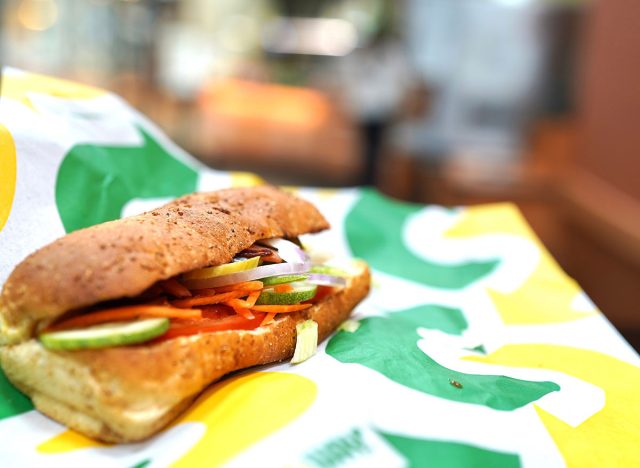
Reigning as the most controversial of the sandwich chains, Subway has seen its fair share of bad publicity. Prior to that, from the '80s to the early oughts, Subway was expanding rapidly and was quickly becoming the world's largest fast-food chain.
In 2014, Subway saw its first decline in sales, which dropped 3% and by 2016, the company closed more stores than it opened for the first time. During 2018 and 2019, the company closed 2,100 stores and lost $210 million in 2019 alone, according to Business Insider.
It seems the mighty do fall as Subway has gone from bad publicity to worse publicity during that time. Outside of the shocking revelation of former spokesperson Jared Fogle's illicit activities in 2015, Subway hasn't seen a good look for its sandwiches either.
Whether it was the iconic footlong coming up short at only 11 inches, the chain's ingredient freshness being called into question, or the controversy around its tuna, Subway's menu is looking less "healthy" and appealing to many customers.
Coupled with the fact that Subway has also been accused of corrupt and oppressive management practices which resulted in many franchise owners going out of business, the chain has a lot to account for before Americans make it their first choice again.
Potbelly
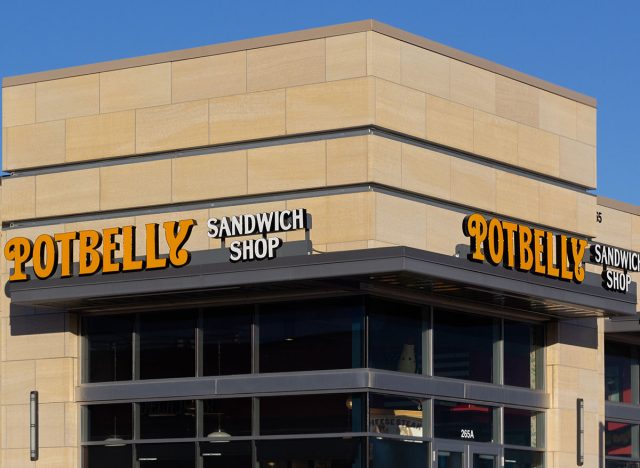
Potbelly Sandwich Shop, once popular for its thick deli sandwiches, was hit hard by the pandemic. The chain, which thrived in locations in urban business centers and airports, saw some of the biggest financial losses when foot traffic was stalled.
Potbelly's revenue fell from $104.2 million in 2019 to $72.7 million in 2020—a dip of more than 30%. After closing a significant chunk of its restaurants to recoup losses, Potbelly is currently at 434 sandwich shop locations.
While the bulk of Potbelly's issues were brought on by the pandemic, the company also faced a lot of backlash when it came to light it had applied for and was granted a $10 million PPP loan, which critics claimed was reserved for small businesses. While Potbelly did return the first loan after the controversy, the company ended up refiling for the loan and received it a second time around.
However, the company has recently begun revamping its business. The chain debuted a simplified menu and upgraded technology and is planning on having as many as 2,000 locations in the next eight to ten years, most of which will be franchised.
Così
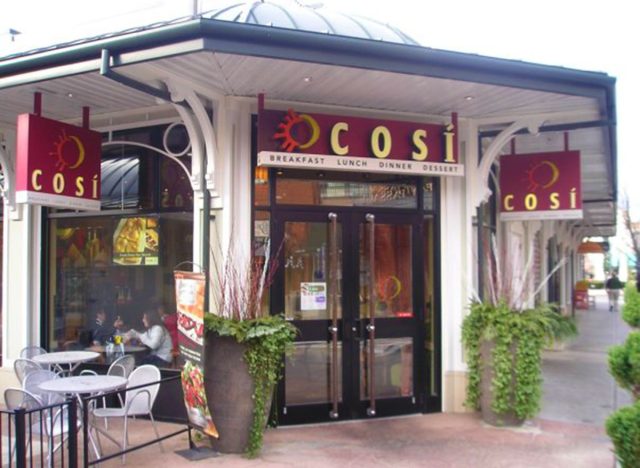
Così, a pioneer of fast-casual, was on its way to reaching the popularity of Panera with its homemade flatbreads when it debuted in the 1990s. After its heyday in the mid-2000s, however, the company fell by the wayside rather than taking off as many of its fellow fast-casual innovators did.
Così peaked at 151 units in 2008 but soon was over-extended in markets with expensive rent, according to Restaurant Finance Monitor. While Così had prime locations in busy, urban centers, its dining rooms died down shortly after busy lunch rushes, making many units unable to stay afloat.
Additionally, Così felt a lot of internal struggle amplified by external issues. A revolving door of CEOs meant solid marketing plans and business strategies were struggling to come to fruition. A combination of erratic management and a failed recovery from the economic crash resulted in multiple bankruptcies and restaurant closures, some of which took place while customers were still eating.
Because of the financial hardship and leadership issues the company was undergoing, many of its franchises saw poor management and customer retention. Yelp reviews of certain locations paint a picture of dirty restaurants and bad service.
According to the website, there are 27 reported Così locations active, although it seems the company is currently on the brink of disappearing. Così reported that it would now be shifting focus to catering after its last bankruptcy in 2020.
A version of this story was originally published in April 2022. It has been updated to include new information.
